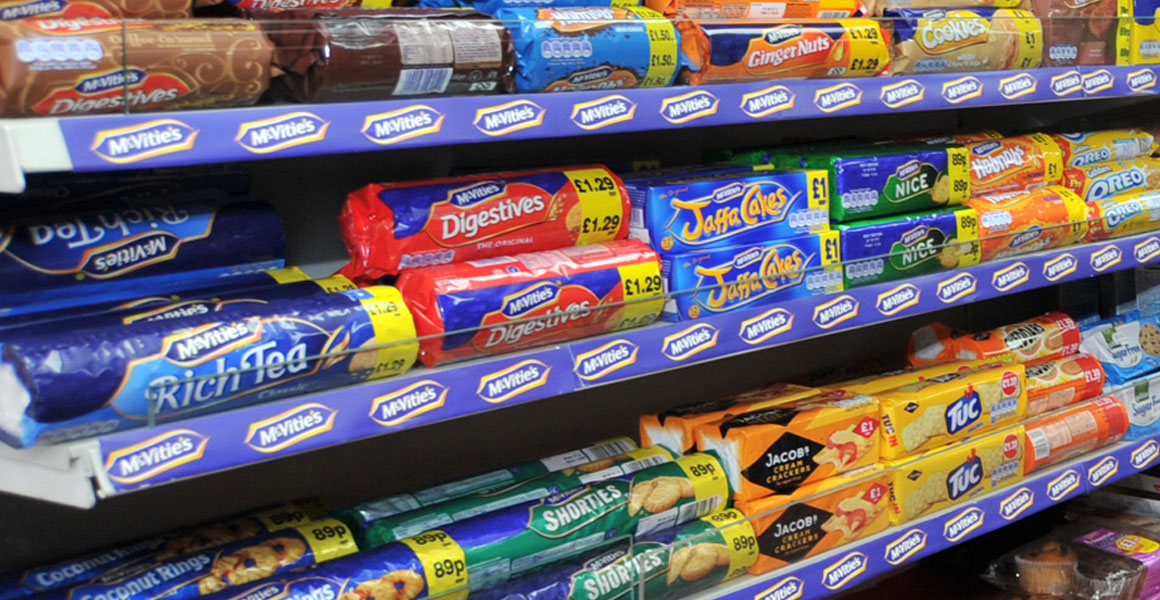Getting core biscuit ranges right can lead to better profits for convenience stores, according to Pladis.
Speaking at the company’s Annual Biscuit Review, customer marketing director Stuart Graham said that in the convenience channel, 80% of sales come from just 8% of products. For this reason, the company is stressing that although carrying new products is important, the core is key.
Graham said: “It’s been shown very clearly you need the right balance between core and new products. There’s a massive opportunity in stocking the right product all the time, giving people what they expect to find every day.”
He explained that as the core range makes up such a huge proportion of sales in the category, improvements of a few percentage points there can have a much bigger impact for retailers.
According to Graham, Pladis defines its core range as the brands that have become most ‘ingrained’, namely, digestives, chocolate digestives, rich teas, hobnobs and Jaffa cakes.
Here, we reveal five key biscuit stats from the event:
- Biscuits are a big market. More than 99% of British household’s buy biscuits each year, with sales at £2.6bn a year and growing
- The way we structure our meals and snacks is changing, becoming more frequent and less structured. Seven per cent of consumers go without set meals, instead snacking throughout the day
- Getting core biscuit ranges right is a massive opportunity for independent retailers, 80% of sales come from 8% of products
- The core biscuits fixture added £33m of retail sales in the last year
- Pladis anticipates a £1.2bn rise in snacking in the next three years, which will give retailers the opportunity to make £330m in additional biscuit sales





Comments
This article doesn't have any comments yet, be the first!